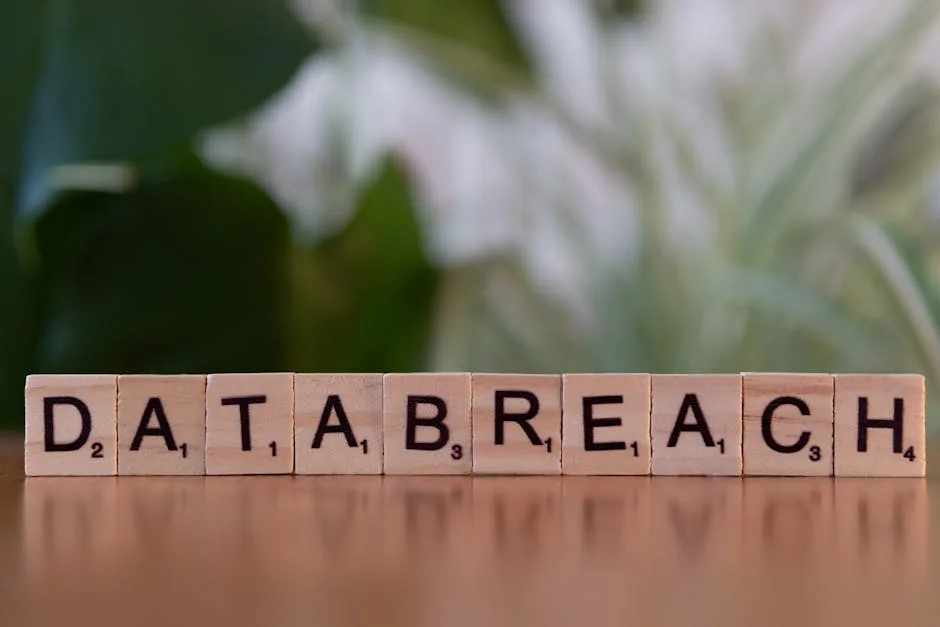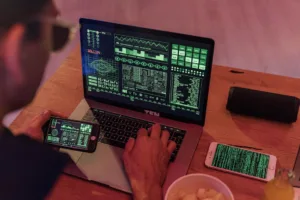
A critical vulnerability (CVE-2025-1049) affecting Sonos Era 300 speakers has been disclosed, allowing network-adjacent attackers to execute arbitrary code without authentication. The flaw, a heap-based buffer overflow in ID3 data processing, has been assigned a CVSS score of 8.8 (High) and impacts devices running Sonos OS versions below 16.6 or the S1 app below 11.15.11. This vulnerability was reported to Sonos on December 2, 2024, and publicly disclosed on April 9, 2025, through the Zero Day Initiative (ZDI)2.
Technical Analysis of the Vulnerability
The vulnerability stems from improper length validation of user-supplied ID3 data in MPEG-TS parsing. Attackers can craft malicious network packets to trigger a heap overflow, leading to code execution under the `anacapa` user context3. The lack of authentication requirements makes this particularly dangerous in shared network environments, such as offices or public spaces where Sonos devices are deployed. The flaw is classified under CWE-122 (Heap-based Buffer Overflow) and has been confirmed to allow remote code execution (RCE) via network-adjacent access4.
Affected Products and Mitigation
Sonos has released patches in OS version 16.6 and S1 app version 11.15.1 to address this issue. Users are advised to update their devices immediately via Settings > General > About My System (for Sonos OS) or More > Settings > System Updates (for the S1 app)5. Network segmentation is recommended as an interim mitigation for organizations unable to patch immediately. Sonos has published a security advisory (2024-0002) detailing the update process6.
Security Implications and Response
This vulnerability poses significant risks due to the potential for silent compromise of Sonos devices, which often operate in trusted network segments. Successful exploitation could lead to lateral movement, data exfiltration, or persistence in enterprise environments. Security teams should monitor for unusual network traffic to/from Sonos devices and review IDS/IPS rules for MPEG-TS parsing anomalies. The Zero Day Initiative’s advisory (ZDI-25-224) provides additional technical details for detection7.
Conclusion
CVE-2025-1049 represents a serious threat to organizations using vulnerable Sonos Era 300 devices. Immediate patching is strongly recommended, along with network monitoring for exploitation attempts. This case highlights the importance of firmware updates for IoT devices in enterprise environments. Future research may reveal additional attack vectors stemming from improper media parsing in networked audio devices.
References
- “Sonos Security Advisory 2024-0002,” Sonos Inc., Apr. 2025. [Online]. Available: https://www.sonos.com/en-us/security-advisory-2024-0002
- “ZDI-25-224: Sonos Era 300 Heap-based Buffer Overflow Remote Code Execution Vulnerability,” Zero Day Initiative, Apr. 9, 2025. [Online]. Available: https://www.zerodayinitiative.com/advisories/ZDI-25-224/
- “CVE-2025-1049,” MITRE, Apr. 2025. [Online]. Available: https://cve.mitre.org/cgi-bin/cvename.cgi?name=CVE-2025-1049
- “Heap Overflow Analysis,” Cybersecurity Help, Apr. 2025. [Online]. Available: https://www.cybersecurity-help.cz/vulnerabilities/107389/
- “Update Your Sonos Speakers,” Sonos Support. [Online]. Available: https://support.sonos.com/en-us/article/update-your-sonos-speakers
- “CVE-2025-1049 Vulnerability Details,” SecAlerts, Apr. 2025. [Online]. Available: https://secalerts.co/vulnerability/CVE-2025-1049
- “CWE-122: Heap-based Buffer Overflow,” MITRE. [Online]. Available: https://cwe.mitre.org/data/definitions/122.html




